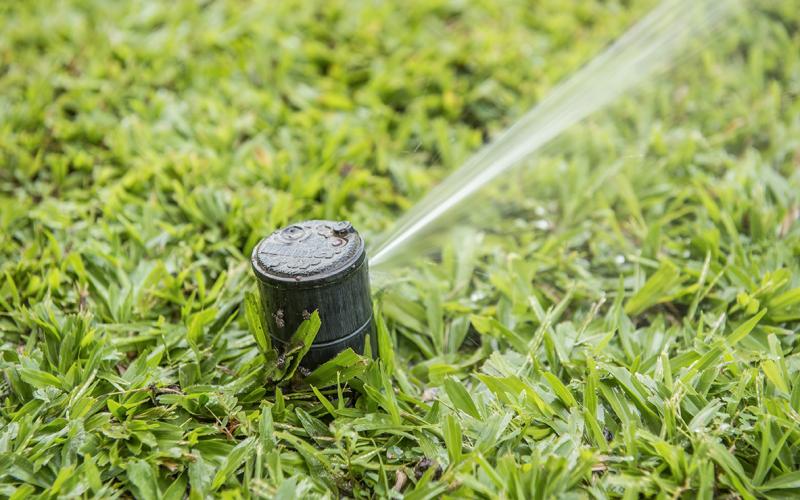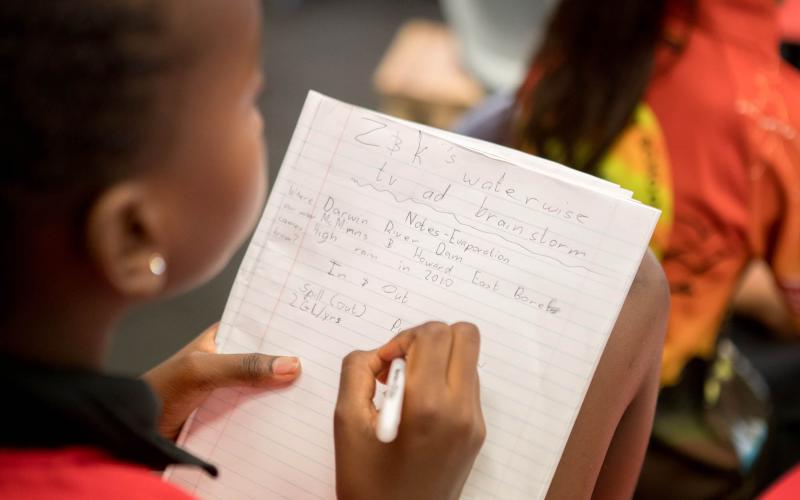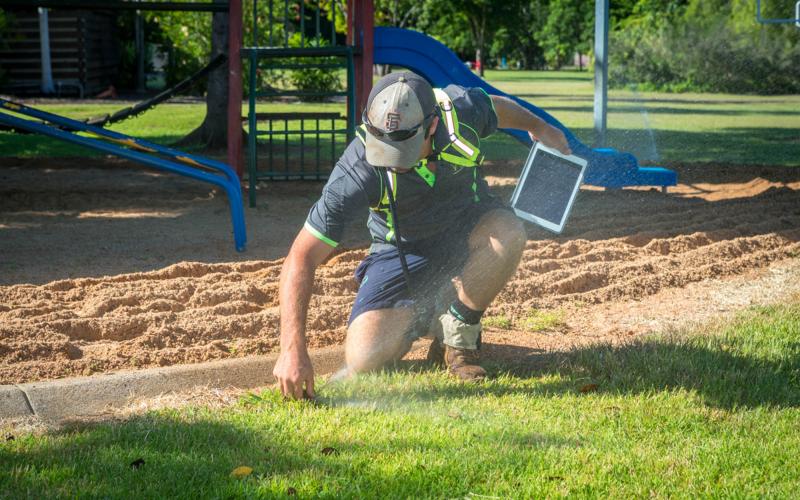Students unveil creative solutions for Darwin water consumption
21 June 2018
Year 7 students have presented their creative solutions to help influence and improve community water consumption in the Darwin region at the Darwin Water Expo at MacKillop Catholic College today.
Around 150 students have just completed a new four-week school curriculum unit developed by Power and Water’s Living Water Smart program called The Darwin Water Challenge.
The STEM unit is dedicated to teaching students about the importance of water and the challenges facing Darwin’s water supply across multiple learning areas, including science, geography and art.
The new unit has empowered students to take an active role in being water smart, says Living Water Smart Program Manager Jethro Laidlaw.
“Having a hands-on experience is helping to create generational change and broad awareness of the issue of water efficiency through the school community and beyond.
The curriculum unit is a unique collaboration between MacKillop Catholic College, Power and Water, the Bureau of Meteorology and Charles Darwin University.
Students have been able to meet and hear from these real-world industry professionals in science, technology and engineering to learn about important community issues around water consumption in the Darwin region, such as water evaporation and water sources. “
Chris Pollard, Deputy Director Teaching and Learning at the Catholic Education Office said, “The Catholic Education Office congratulates the school on this project which has engaged students in real world learning to address a significant challenge for the local community.”
Projects on display today include artworks such as painting and photography, scientific innovations, public awareness initiatives and correspondence with students from across the globe.
At the event students have been able to ask any extra questions they may have at an expert panel, including representatives from BOM and Power and Water.



